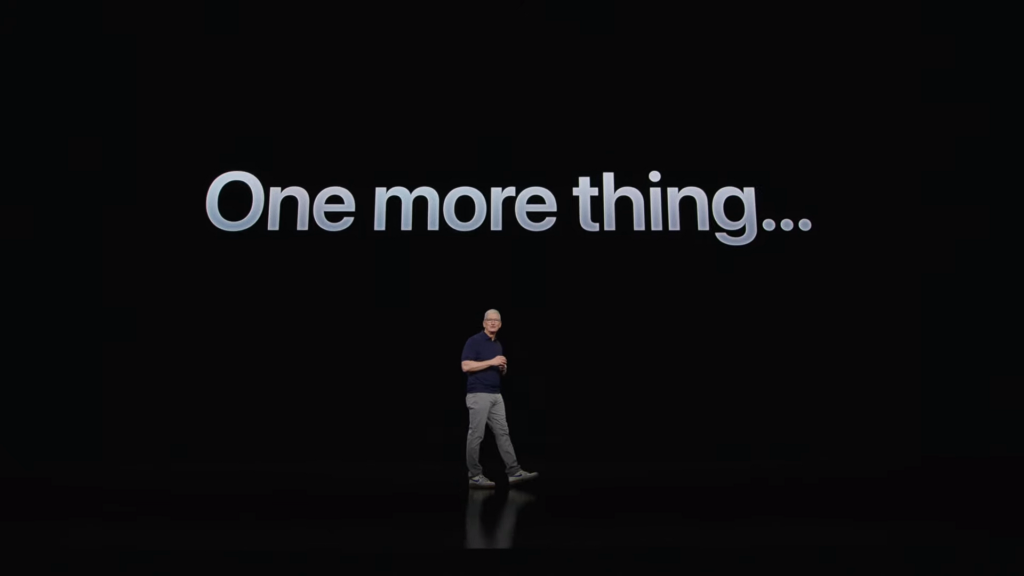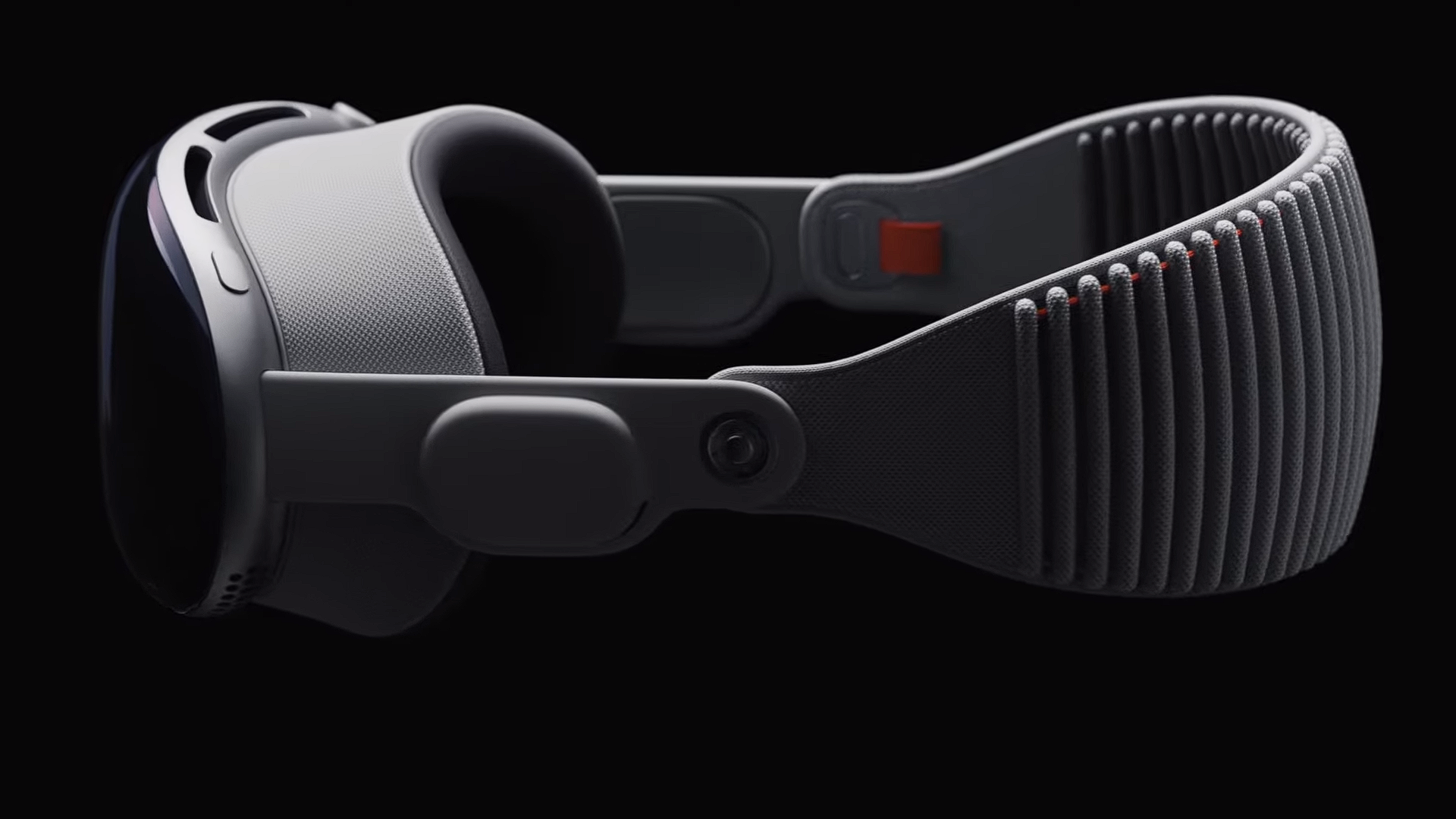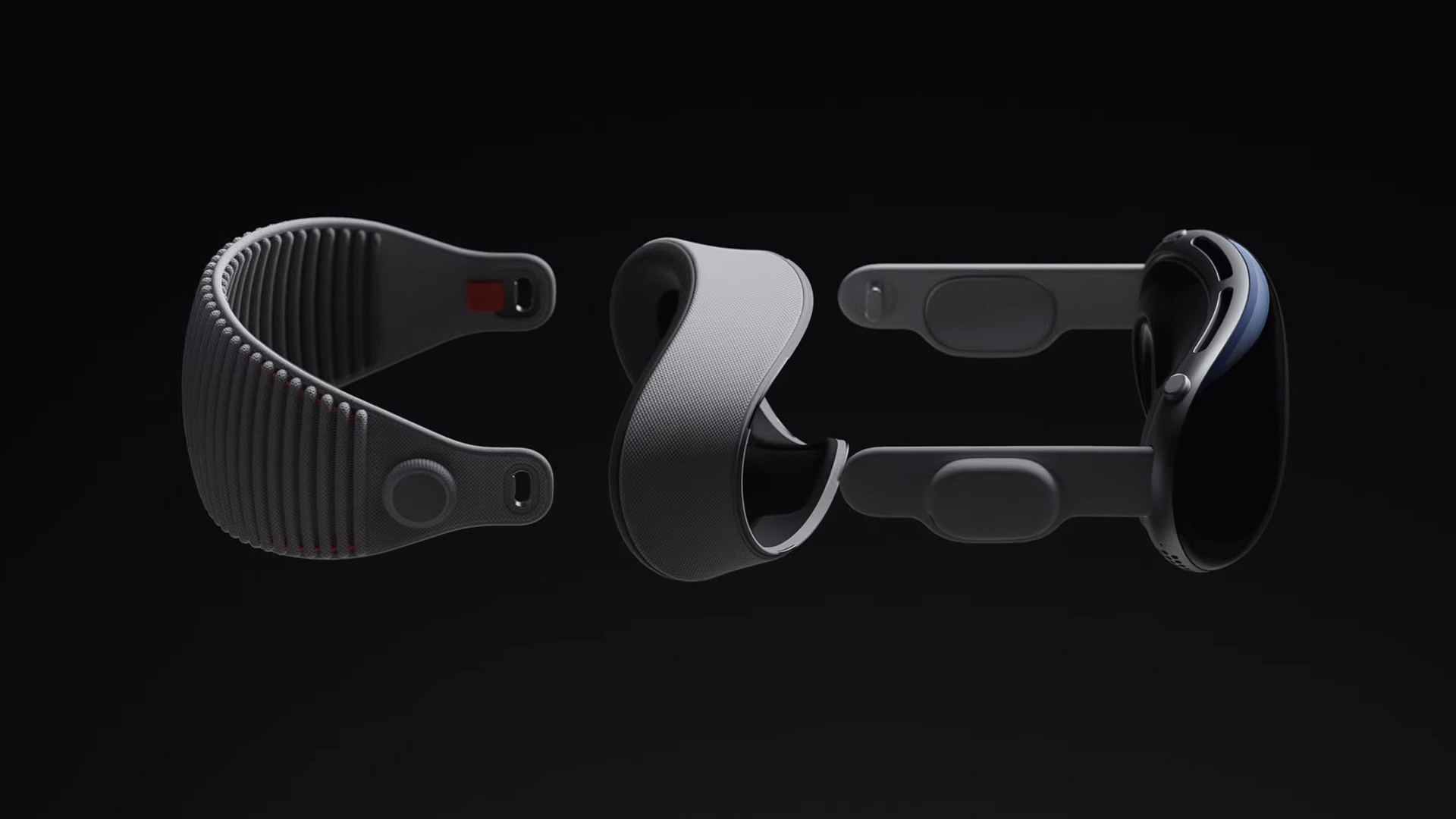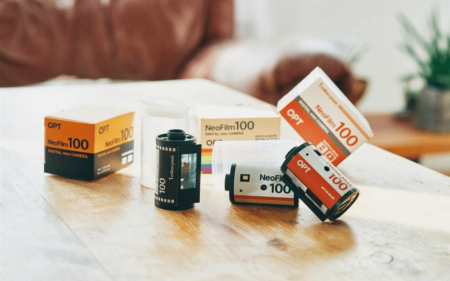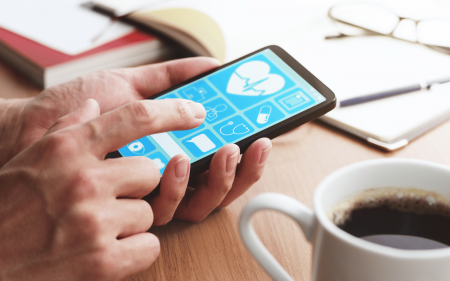We won’t know until early next year if Apple’s long-delayed mixed reality headset, unveiled at this year’s World Wide Developer’s Conference (WWDC) and christened the Vision Pro, will perform as demonstrated.
Judging by past successes and the slick launch, this new device is destined to be the next big thing – a brag by a company that has an uncanny ability to create that very next big thing. The personal computer (Macintosh), iTunes and the iPod, digital music sales, the smartphone (iPhone) and its app economy, the iPad, and the Apple Watch. The list of game-changing gadgets is impressive.
The Vision Pro, says CEO Tim Cook, is the “first Apple product you look through and not at”.
Continuing a company tradition of outlandish hyperbole, albeit often true, Cook said “in the same way Mac introduced us to personal computing and iPhone introduced us to mobile computing, Apple Vision Pro will introduce us to spatial computing”.
And there you have it, a new product category, as it were – albeit one that kinda already existed. Mixed reality goggles have been around since Microsoft launched the first of its excellent HoloLens augmented reality (AR) headsets in January 2015. Facebook, through its Oculus division, is the biggest seller of virtual reality (VR) headsets.
By calling it “spatial computing” Apple puts its stamp on this combination of VR and AR. Notice how nobody said “metaverse”. Unlike Facebook’s $36 billion venture into mixed reality, the iPhone maker knows how to hone its products and offerings.
In the same way all the components for a smartphone were already available, it took Apple to combine them into the iPhone and truly launch mobile computing. It has also created other product categories – and category-dominating devices – with the iPad and Apple Watch.
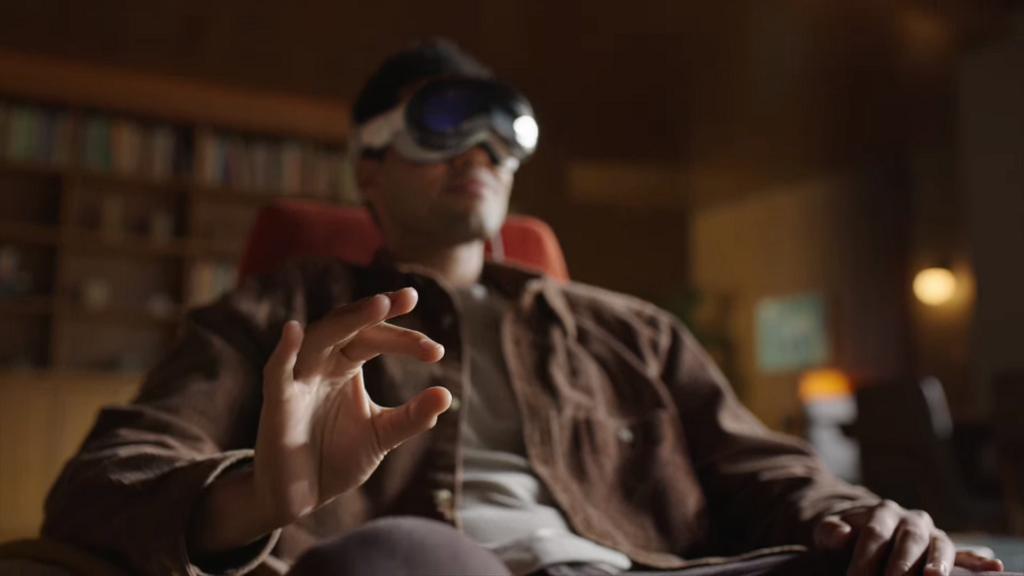 The Vision Pro looks like stylish curved skiing goggles, with a glass screen that can either be opaque (to signify do not disturb) or clear – so others can see the wearer’s eyes.
The Vision Pro looks like stylish curved skiing goggles, with a glass screen that can either be opaque (to signify do not disturb) or clear – so others can see the wearer’s eyes.
The design is elegant, while the headset is laden with sensors and cameras and will project the equivalent of 4K onto each of your eyes. You control it with your voice, and it tracks your eyes – so you can look at a search field and begin talking and the text will appear there. Tapping your fingers together is the equivalent of a mouse click.
Read More: Apple’s Vision Pro is the company’s take on augmented reality goggles
Apple presented enticing use-case scenarios in high-design, Scandinavian-chic settings that oozed a kind of tech-enthused hygge — that curious Danish concept about cosiness and wellness. Perhaps the most compelling of these is 3D entertainment with a giant virtual screen, and sound piped in through your Apple AirPods. Just as obviously, shows on the Apple TV+ streaming service will look particularly good on this ginormous hovering “screen”.
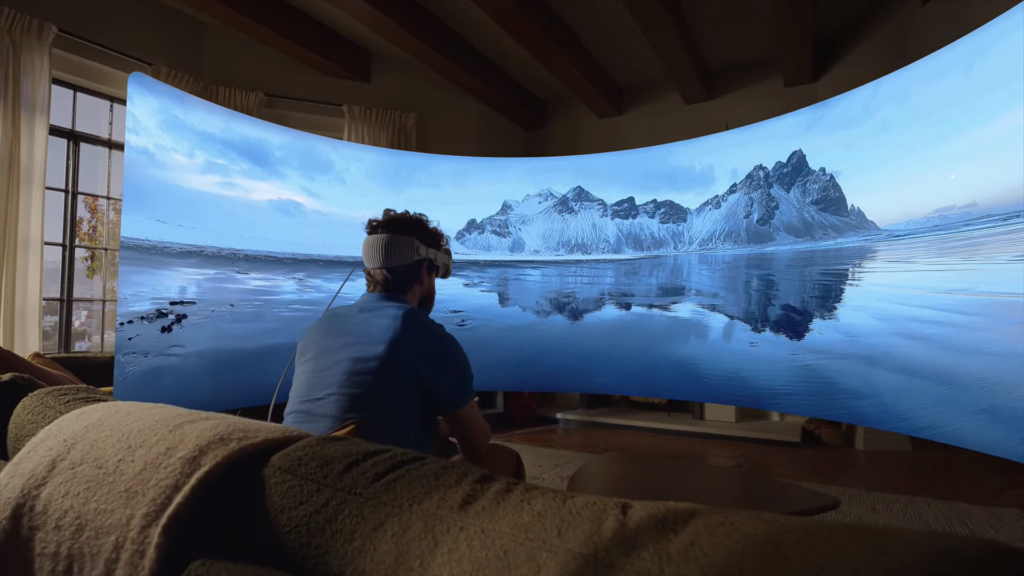 Entertainment does look amazing. The promise of how 3D videos will display is worth trying the Vision Pro alone – as is the feature that displays panorama images in all their curved VR glory.
Entertainment does look amazing. The promise of how 3D videos will display is worth trying the Vision Pro alone – as is the feature that displays panorama images in all their curved VR glory.
But a lot of it seems like a solution in search of a problem, especially the ability to look at “3D images from iMessage”. Nor is the price much of an incentive to experiment at $3,500 (R68,000).
What was the best thing about the Vision Pro launch? That Tim Cook got to repeat Steve Jobs’ immortal line “we do have one more thing”. Let’s see if Apple can be right again.
- This column first appeared on Financial Mail.

